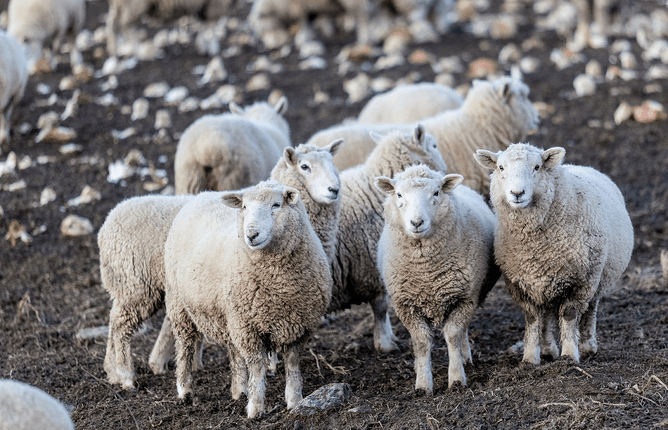The decision to mate hoggets can be beneficial for increasing annual lamb production and ewe lifetime performance, if they are properly managed.
If hoggets are poorly managed from mating through to two-tooths this will not only have repercussions for them the following season but may also negatively affect their lifetime performance.Feed is the most important factor when it comes to mated hogget management. Mated hoggets should be gaining 135g/day over winter. Hoggets must not only receive appropriate nutrition to meet their own maintenance and live weight gain requirements, but also to support the growth of their lamb(s).
Remember that the first two-thirds of the pregnancy is most crucial for gaining hogget live weight, while the final months of pregnancy are most critical for lamb development. Well-fed hoggets allow good bone and pelvic growth and development, decreasing the risk of dystocia at lambing. This increases both hogget and lamb survival.
As with all your stock, trace elements and vitamins are an important consideration. Products such as Livestock Survival Drench(LSD) provide essential elements - improving hogget vitality and lamb vigour thereby having a positive effect on lamb survival.
Once you've undergone successful hogget lambing, you may consider weaning your hogget lambs earlier, giving them the best chance to reach their 2-tooth mating target weight.
Key takeaways:
- Feed ewe hoggets well and prioritise them over winter
- Aim for a target weight gain of 135gm/head/day
- LSD is a great option pre-lambing to boost hogget and lamb vitality during lambing
- Consider weaning hogget lambs early to ensure hoggets meet two-tooth target weights
- If you have any questions about hogget mating on your farm, don’t hesitate to get in touch with your KeyVet.
- Emma Middlemass and Holly Hender

